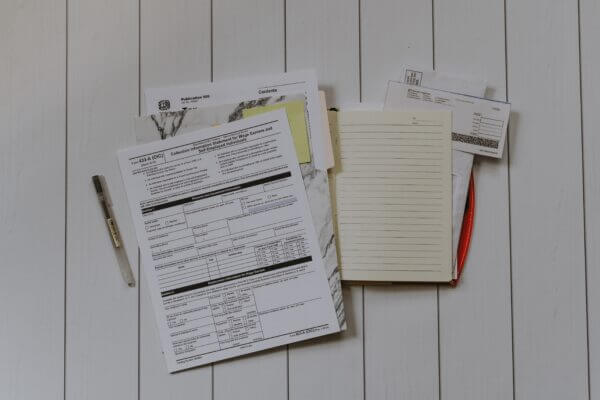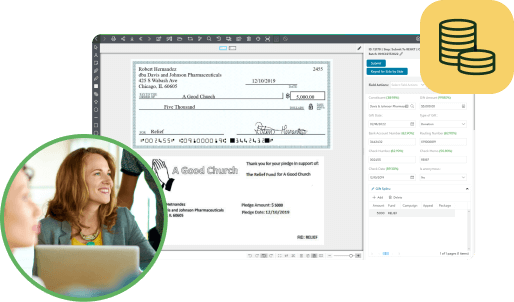
Janet Martin
Janet joined the PairSoft team upon its merger with Paramount Workplace, where she was also an integral part of the sales team for years. Janet resides in Michigan with her family.
View all posts by Janet MartinJanet Martin

The purpose of these audits is not only to ensure your organization complies with nonprofit-specific regulations, but also to increase transparency in your financial management processes. Your auditor will analyze a variety of financial information and make recommendations for how your nonprofit can improve its policies and procedures.
To maximize the benefits of your nonprofit audit, you’ll need to do some preparation beforehand. In this guide, we’ll walk through the following steps to ensure your organization is ready for its financial audit:
Although the audit itself will likely take just a few weeks to complete, your preparation may stretch over several months. Assign each task to a team member who has the skills and experience to handle it, and create a schedule to ensure everyone stays on track. Additionally, if you’ve worked with a nonprofit accounting firm, they may be able to assist with preparation since they’re familiar with your organization’s finances and the audit process. Let’s dive in!
Just like any other outside professional your nonprofit works with, your auditor needs to be the right fit for your unique situation. Choosing an auditing firm that specializes in working with nonprofits, has a good track record, and can meet your deadline is critical.
Here is the basic process for choosing an auditor:
Of the steps to prepare for an audit, this process often takes the longest—anywhere from one to three months. The earlier you can start, the better!
After you select an auditing firm, they’ll typically issue a Provided by Client (PBC) list to your nonprofit. The purpose of this list is to ensure your auditor has easy access to all of the financial information and documentation they’ll need to conduct the audit.
Some of the documents that might be on this list include your organization’s:
In addition to these core documents, your auditor’s PBC list may also ask for a wide variety of contracts and receipts. To make it easier for you to keep track of all of these documents, create a secure digital file where you can store everything leading up to your audit.
Reviewing all of your nonprofit’s accounts and transactions before your audit can help you make sure everything is in order for the auditor. Plus, this kind of in-depth review is a good financial habit to get into as your organization closes out each fiscal year.
When you conduct your review before your audit, make sure to examine your organization’s:
Remember to correct any errors you find along the way as well. As you review the above information, take special note of undeposited funds in any of these areas. Figure out why the funds weren’t deposited, and properly deposit them as soon as you can to ensure your financial documentation accurately reflects how your resources are allocated. This is both for your auditor’s benefit and to improve your internal financial management practices.
Clearing undeposited funds is one part of keeping your nonprofit’s financial data “clean,” or as error-free as possible. A clean database will provide your auditor with the most accurate view of your financial records so they can make informed recommendations.
To begin cleaning your database, NPOInfo’s guide to nonprofit data hygiene recommends pinpointing any instances of ambiguous, duplicate, inconsistent, misplaced, or missing data in your records. Then, verify existing information, purge any inaccuracies, and fill in gaps in your records as needed.
Keep in mind that your nonprofit’s financial data may be stored in several different systems, such as your accounting software, fundraising platforms, and constituent relationship management (CRM) solution. All of these systems need to be cleaned in order to ensure accuracy for your audit and beyond.
To give yourself enough time to complete all four steps above, check the deadlines set by any organizations who are asking for your audit reports (such as your state government or a grantmaking organization) and start your preparations four or five months before. You may also want to request an extension on your Form 990 to give your organization time to start incorporating recommendations from your audit before filing your tax return.
No matter what your timeline looks like, the bottom line is that preparing effectively for your financial audit will help your auditor make more accurate recommendations to improve your nonprofit’s financial management practices.
Is your nonprofit organization getting the most out of its technology? PairSoft’s natively integrated fundraising automation has helped thousands of organizations go above and beyond their goals. Get a demo today.
If not, talk to an expert today to see how our integrated gift and donor workflows can complement your Blackbaud setup.


